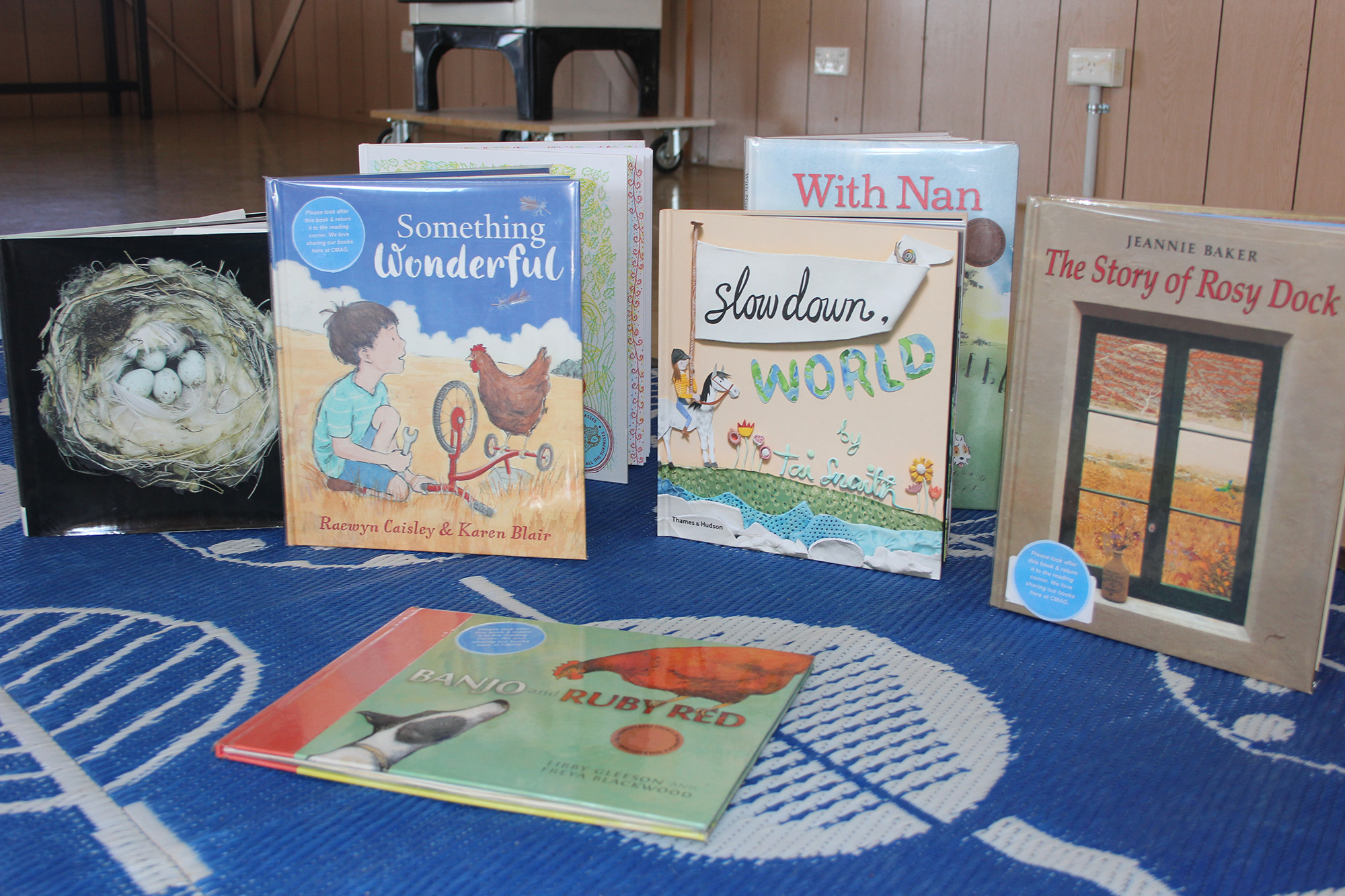
What is a tin dog, and what don’t you feed it?
During the recent school holidays, kids and their carers came along to discover this handy device used by farmers to shift mobs of livestock – and then they made one! Using a hammer and a nail, they made a central hole in discs of metal shim, and then continued punching holes to create individual designs – including names of their own, or imaginary farm dogs. The discs were then threaded onto a piece of wire, the two ends overlapped and tied together, and then there was lots of tinny rattling to be heard!
This program is the seventh in a series of tinkering and nature play-styled programs we have been delivering with our colleagues across ACT Historic Places since 2016. These programs tap into the current world-wide push for children to be provided access to outdoor settings and experience more ‘green time’. They are also in response to the rise in developments and programs by bold communities and town planners that are variously defined as ‘nature play’, ‘adventure play’, ‘bush schools’, and ‘adventure playgrounds’ – and all these concepts and movements helped to inspire and inform aspects of these community programs.

For example, kids and their carers have constructed cubbies, waterwheels and bird boxes. They have explored the paddocks at Mugga-Mugga Cottage, followed directions on a contour map of the lower slope of Red Hill near Calthorpes’ House, and discovered historic and natural features of the rural heritage at Lanyon Homestead. Activities have been designed for each unique heritage setting to stimulate the senses of sight, hearing, taste and touch in the natural settings, and a number of the programs have engaged a range of local experts including artists Susie Bleach, Andy Townsend, Amanda Stewart, and local carpenter Myles Gostelow.
Three of the programs have been delivered at the Machinery Shed at Lanyon Homestead. This c.1940-built feature was identified as an excellent ‘fit’ for these programs because farmers are typically innovators and they have a tendency to tinker. For example, they use materials at hand to build equipment and create systems to solve problems. They construct fences and make gates using timber, steel and wire, they dig dams and form drains to guide and capture water. Also, they often have to use whatever is at hand, like baling twine, colloquially referred to as ‘cocky’s cotton’, to tie a plethora of things from a dog to a tree, or to secure rolls of poly pipe, and it’s probably been used by at least one cocky (Australian slang for a farm owner) to tie up their pants!
We have enjoyed designing these programs for our visitors, and are planning to run similar ones in future. One outcome of the programs so far is that at Lanyon Homestead we offer a free self-guide map, designed in conjunction with the Nature Play Canberra passport, for children and their carers to take with them to explore and investigate features around the precinct – when you next visit make sure to pick them up from the gift shop inside the homestead!
Interested in these programs and would like to know more? Contact us via email; historicplacesbookings@act.gov.au









.jpg)



